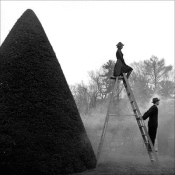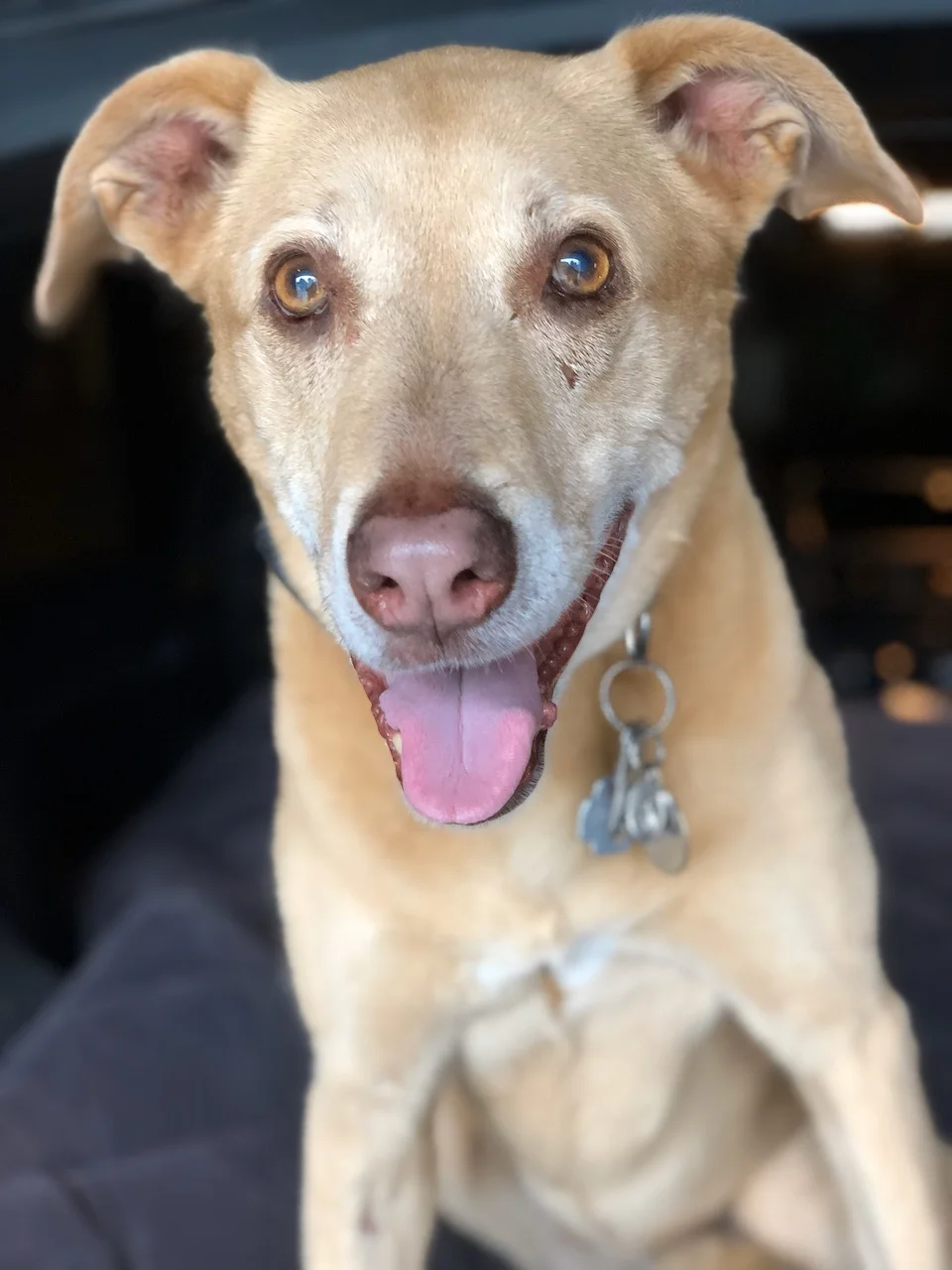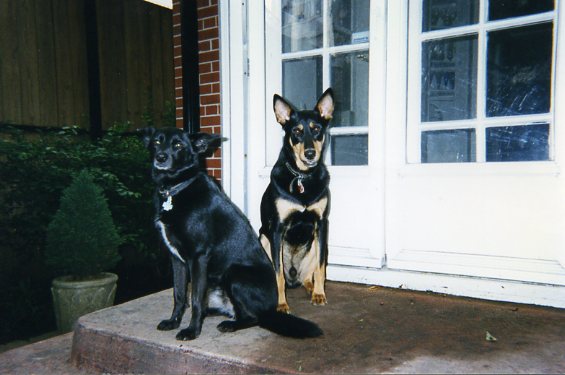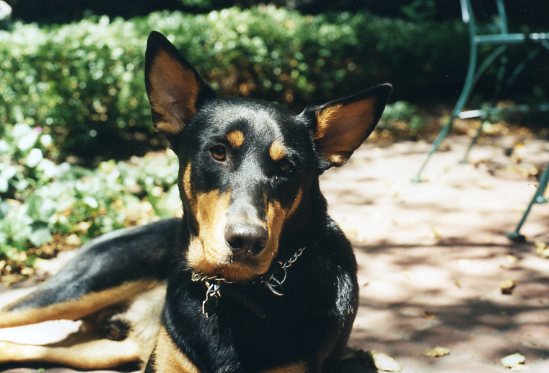 Fear is creative kryptonite. Its proximity alone enough to sap the life force of original intent.
Fear is creative kryptonite. Its proximity alone enough to sap the life force of original intent.
Put fear in a lead box and throw away the key. Or at least hide it for a few hours every day. The alternative being the status quo. Which as history has proven, is a fool's paradise.
For the last week, Cannes has provided its own lead box. One formed by a combination of conversation, exploration, exhortation, celebration and a good deal of rose. It is a box strong enough to withstand even sleep deprivation - the late night bogeymen being banished to the shadows by the simple practice of staying awake until the dawn.
Fear’s absence has, for a few days at least, removed the fog, cleared the air and revealed a horizon of possibilities.
Which makes Cannes the most important catalyst within the communications industry today.
The truth is those possibilities are always there. Waiting, silently, for those with vision and courage to walk through them armed with simple truths.
That the way forward is not barred by economics or by others.
It is not restricted by rules. It is not determined by rulers.
That the way forward lies within our grasp.
We need only a destination that is important to us and a means of transportation.
Which makes it a pragmatic journey, and a practical one. A journey guided by Purpose, powered by a process and sustained by known practices.
This is not esoteric optimism. Or fanciful philosophizing.
It is the foundation on which to build a business that sits, as Jeffrey Katzenberg said in his session with Sir Martin Sorrell on Friday, “at the intersection at which Art meets Commerce.”
It is an intersection that offers endless choices.
And only one wrong one.
To stay on the current road.
No matter what discipline you practice, or skill you sell, doing more of what brought you to this point in the journey is the equivalent of putting two feet on the brakes while you drive down the side of a cliff. You might slow how long it takes to reach the bottom, but the final resting place is guaranteed.
We coach a growing number of business owners and business leaders. Our focus is to help them be clear about the future they want and to begin the practical steps to reach it.
In essence, we become their lead box. A place to explore possibilities without fear. And to take the journey best suited to them.
It takes courage to stop what you’re doing. And fear influences us all in ways overt and unseen.
But as Cannes reminded us this week, what is yet to come is open to our influence.
And diminished only through the choices we make.















































